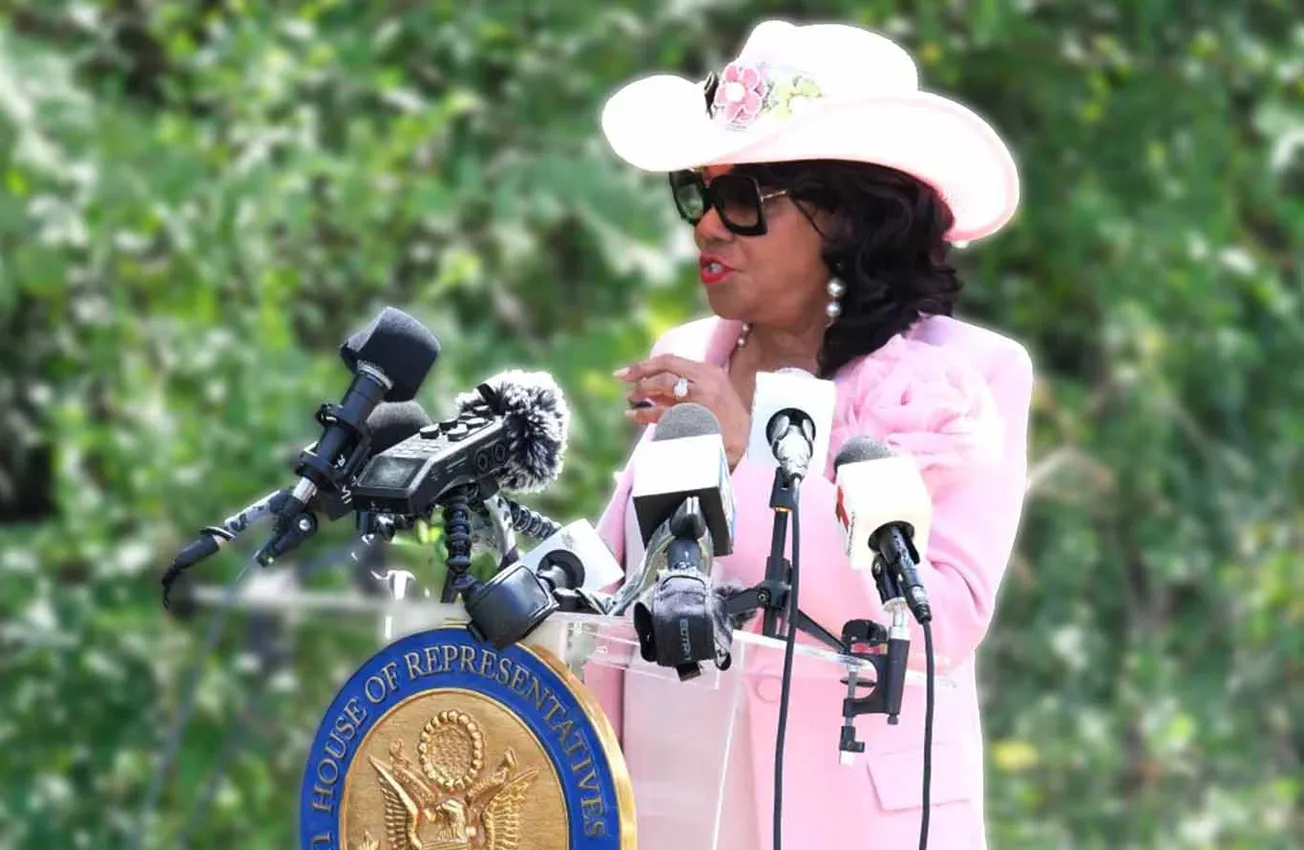In a move that sounds like it was ripped from the pages of a sci-fi novel, the United Kingdom is throwing $66 million at experiments to dim the sun.
Geo-engineers with the Advanced Research and Invention Agency, a UK government agency, will deploy high-flying planes to inject aerosolized sulfate particles into the stratosphere to reflect the vital light the sun provides to the Earth in an attempt to hedge global warming.

The goal? To cool the planet by reflecting sunlight using Sunlight Reflection Methods, including Stratospheric Aerosol Injection and Marine Cloud Brightening.
SAI involves spraying tiny particles into the stratosphere, above the lower atmosphere, to prevent the sunlight from reaching the ground by reflecting them towards space.
MCB uses ships to spray sea salt particles to make clouds more reflective.
Architects of the plan warn the measures are imperative to save the planet from a future "tipping point" catastrophe. Professor Mark Symes, Aria’s program director, is leading the charge.
“We will be announcing who we have given funding to in a few weeks and when we do so we will be making clear when any outdoor experiments might be taking place," he told The Telegraph on Tuesday. "One of the missing pieces in this debate was physical data from the real world. Models can only tell us so much."
"Everything we do is going to be safe by design," Symes assured. "We’re absolutely committed to responsible research, including responsible outdoor research," he continued. "We have strong requirements around the length of time experiments can run for and their reversibility and we won’t be funding the release of any toxic substances to the environment.”
ARIA experiments will include small-scale outdoor tests, computer modeling, lab studies, climate monitoring, and public opinion surveys. The agency insists no toxic substances will be released, and experiments will be reversible.
“The uncomfortable truth is that our current warming trajectory makes a number of such tipping points distinctly possible over the next century," Symes told The Guardian. "This has driven increased interest in approaches that might actively cool the world in a short timeframe in order to avoid those tipping points.”
The government agency ARIA is seen as the UK counterpart to the US Defense Advanced Research Projects Agency (DARPA), a covert organization that invests in cutting-edge technologies, such as armed drones, autonomous vehicles, herbicides, and the Internet.
Not everyone is sold on this sunlight-tampering scheme. Critics warn of catastrophic unintended consequences.
“There’s no evidence that carbon emissions are driving catastrophic climate change, and manipulating the atmosphere based on unproven models is insanity,” contends physicist Dr. Jane Carter. geological records showing Earth's current temperatures are among the lowest in its history, with no clear correlation between carbon levels and warming over millions of years.
A December 2024 study highlighted potential ozone layer damage and increased pollution, which could lead to higher skin cancer mortality rates.
Last year, Columbia University’s Climate School warned SAI could disrupt precipitation patterns, agriculture, marine life, and air quality.
Climate Change: Real Threat or Globalist Hoax?
Skeptics of the climate change narrative are sounding alarms, arguing the entire premise of these experiments is built on malarkey.
A report from the Heartland Institute, a think tank critical of climate science, asserts that global temperature data over millions of years shows no consistent correlation between CO2 levels and warming.
The report claims current temperatures are near historic lows, with Earth recently emerging from an Ice Age, contradicting claims of “runaway” warming.
This isn’t humanity’s first stab at playing weather god.
In 2019, Harvard’s Solar Geoengineering Research Program planned a Stratospheric Controlled Perturbation Experiment to release reflective particles over Sweden.
The project was scrapped in 2024 after fierce opposition from the indigenous Sámi people, who warned of “catastrophic consequences.”
In 2022, a US startup, Make Sunsets, released weather balloons with sulfur dioxide over Mexico, sparking global backlash. The experiment was small but crossed a threshold, as CNN reported in February 2023, igniting debates over geoengineering’s risks.
As the UK barrels toward this cosmic gamble, the world watches with bated breath.
Will these trials cool the planet or plunge us into chaos? For now, the only certainty is the absurdity of thinking we can outsmart the sun without getting burned.
Maybe it’s time to focus on real problems — like why it’s still raining in April.












